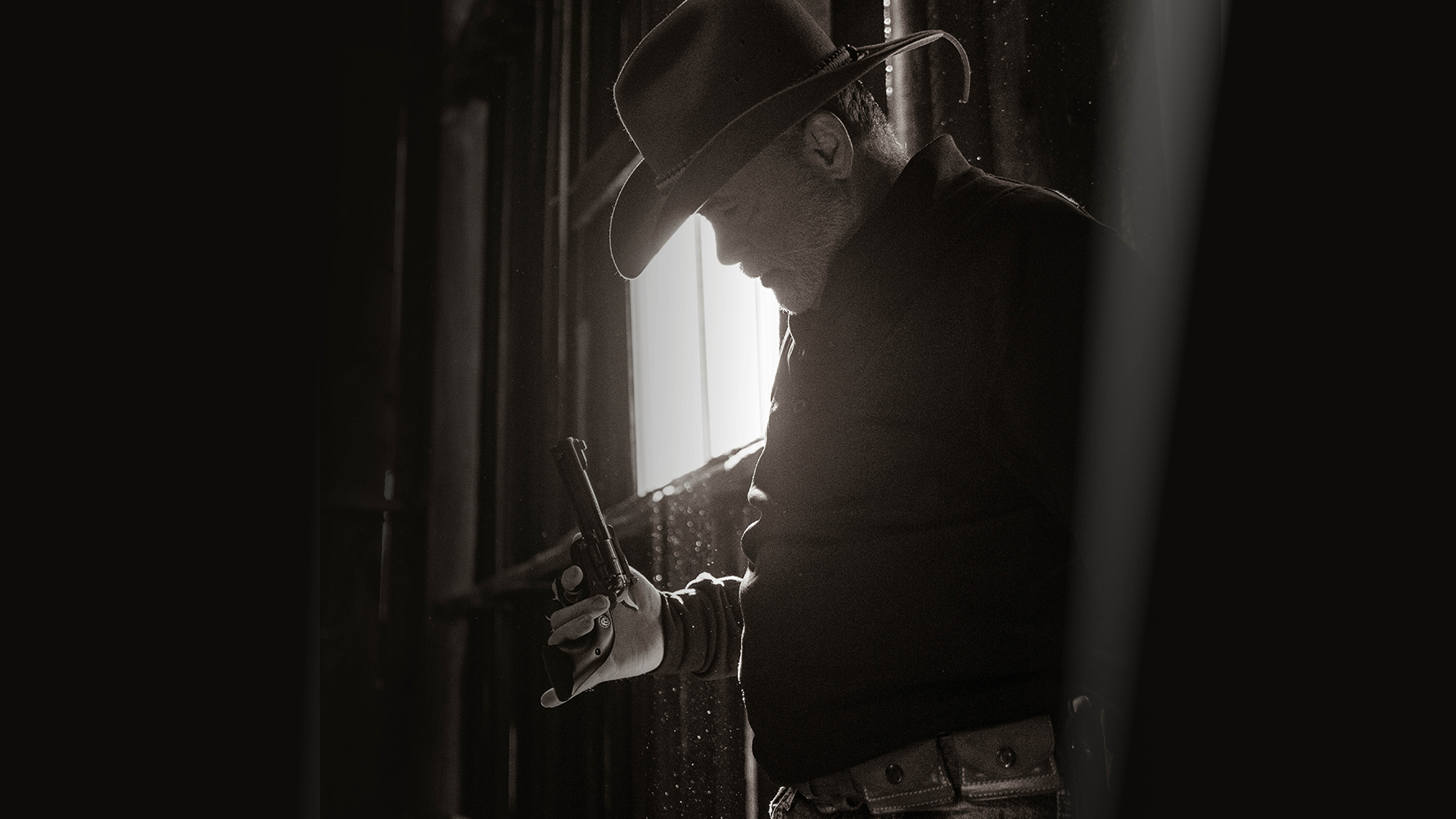One of the longest running rifle debates is the control-round-feed (CRF) vs. push-feed (PF) argument, which is primarily focused on rifles for dangerous game. Conventional wisdom dictates when a fellow is confronted with a critter that might stomp him into a blood puddle, rifle reliability is paramount. Some believe this reliability is best achieved with a CRF action, others declare a PF action is sufficient. Maybe only the Easter Bunny knows the true answer.
You should understand the difference in the two action types. CRF actions control the cartridge from the time it leaves the magazine until it is ejected. With a PF action the cartridge is pushed into the chamber from the magazine. The extractor on the bolt does not engage the rim of the cartridge to gain control until the bolt is completely shut and the handle rotated down.

If you do not fully close a PF action and attempt to cycle the bolt a second time you will likely induce a double feed where one cartridge is in the chamber and another is trying to get there. Not good! Some folks call this short stroking but its actually a failure to fully cycle. Short stroking is when you do not pull the bolt all the way to the rear before attempting to close it.

If you short stoke a PF action with a plunger ejector you will not induce a double feed because the cartridge case will be ejected from the rifle before the bolt travels to the rear far enough to get behind the rim of the cartridge in the top of the magazine box. However, it is possible to short stroke a CRF action so that the bolt clears the rim of the top cartridge in the magazine box prior to the ejection of the cartridge being extracted. If you do this and shove the bolt forward you will induce a double feed so severe even Capstick could not have eloquently explained it.
The circumstances that can lead to a double feed with CRF actions are exaggerated by hard kicking dangerous game rifles. During recoil the cartridges in the magazine box can slip forward, increasing the distance between the rim of these cartridges and the fixed ejector. The result is the stroke necessary to induce a double feed shortens.
Think About This
Here is another often overlooked down side to the CRF action. One that is tuned properly can only feed from the magazine box. That means if you are shooting it out with a bad beast and run your gun dry, you cannot just drop a cartridge into the ejection port and close the action. You must load it into the magazine box. This of course is not the case with the PF action. (Some actions thought to be CRF are actually not and will allow you to feed a cartridge like you can with a PF. You’ll find this in Ruger 77s about half the time.) You could argue this is a good thing but a CRF action that allows this sacrifices the extraction properties commonly touted for this type action.
Experience is the Best Teacher

My experience facing bad beasties with a firearm have mostly been in uniform and in the presence of animals substantially more dangerous than those walking on four legs. I’m not the best source for field experience when it comes to dangerous game rifles. Craig Boddington is. If you’d go to Africa twice a year for the rest of your life you’ll die before you could equal his number of safaris. Craig told me, “…I think that the actual difference in reliability is much more theoretical than practical.”

The late Don Heath, who was in charge of research and development at Norma, has seen the elephant in more ways than one. Don has faced multitudes of dangerous situations as a soldier and hunter. He also purveyed over the Zimbabwe professional hunter’s examination for some time, where he got to see a lot of guns work. And fail.
Heath told me, “I have seen many, many CRF weapons jamb. I have seen many PF rifles – mostly Winchester M70’s – function 100% fine. There are problem rifles; the Remington 700 in .416 Remington is a particular example. And, I hate Weatherbys. I’ve seen them seize up and their ejectors disintegrate but have never seen one fail to feed. Many hold the Mauser in the highest regard and when properly built, it works. At the end of the day, the feed mechanism is irrelevant, provided the rifle is 100% reliable in both feeding and ejecting under all conditions. The three requirements for a dangerous game rifle are reliability, reliability and reliability.”
It’s my opinion the CRF vs. PF debate is about as important as arguing the existence of the Easter Bunny. Having a rifle that works, working it properly under stress, and feeding it quality ammunition is much more important. Being able to shoot repetitively with speed and accuracy is important too. This is something you can definitely improve on if you’ll get off the couch, put down the chocolate eggs, and go practice.


